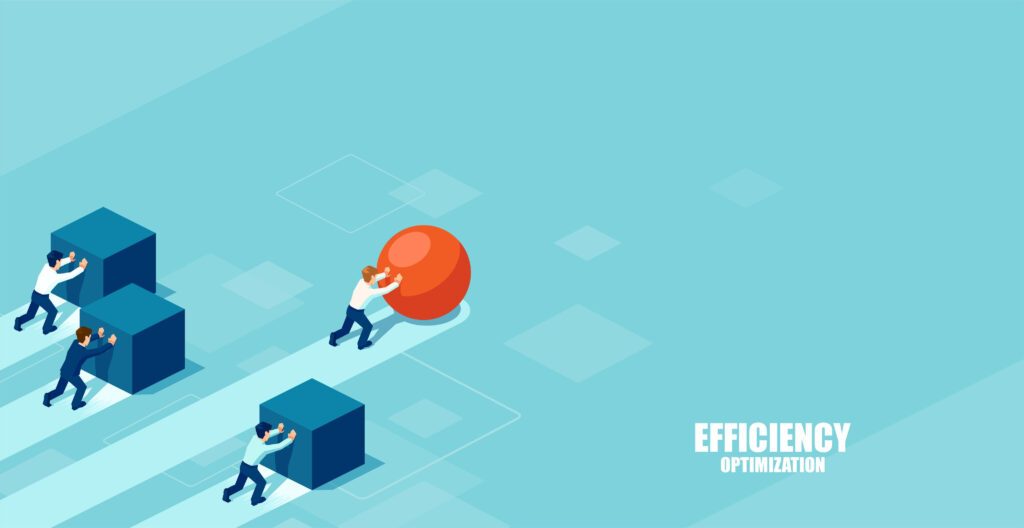
Procurement is a critical aspect of supply chain management. It helps organizations acquire the right products, at the right prices and in the right quantities. It’s also one of the most important cost-saving levers available to businesses today. Yet it’s not always as effective as it could be. In fact, many companies are still using outdated procurement processes that can cause delays, increase costs and lower customer satisfaction levels. Here are five ways you can improve your procurement process:
You should decide on your approval process. This will help you to streamline the entire process and make it more efficient.
Setting standard limits is a great way to ensure that you aren’t overpaying for supplies, services and other things.
To improve your procurement operations, you should provide employees with the training they need to do their jobs. For instance, if an employee needs to learn something about how to use a new software program or how to develop an Excel spreadsheet for reporting purposes, then this training is necessary.
Additionally, if an employee does not have the tools needed for their job (e.g., a new computer), then providing those tools is important. The same goes for knowledge: if an employee does not know something (e.g., how to use a particular software program), then it’s essential that they receive such knowledge before they can be expected to perform effectively on the job.
Technology can help you achieve all of these things, which means that it’s in your best interest to embrace it.
What about automation of the procurement process?
In order to improve your process, you need to make sure that you are not wasting time on repetitive tasks. You should be able to automate as much as possible (without losing control), so that your employees can focus on higher-level work. For example, if you’re using an ERP system for procurement and finance, it should be integrated with a workflow management system like ServiceNow or Oracle RightNow Cloud. This will ensure that approvals are automated through the systems and don’t require manual intervention by multiple parties.
An audit is an independent examination of a company’s accounting systems, processes and procedures. An auditor checks to see if the financial information presented by a company is accurate, reliable and complete.
Audits are important because they help ensure that the internal controls within an organization operate effectively and efficiently. Internal controls are processes within an organization that are designed to manage risks and protect assets from theft or misuse by employees and business partners. Audits can also ensure that companies comply with laws, regulations or standards such as those set out by government agencies like the IRS (Internal Revenue Service).
There are many benefits of auditing your procurement processes: it will allow you to detect fraud before it becomes serious; reduce costs associated with litigation; improve efficiency in procurement activities; increase transparency around supplier contracts; increase visibility into contract performance metrics etc…
Procurement is a process, and not just a form to fill out and submit! It involves multiple steps, from creating the request for proposal (RFP) to reviewing bids and awarding contracts. The most important thing is to make sure procurement is standardized across your organization so that everyone understands how it works. Once you have that foundation established, you can start thinking about ways technology can be implemented into the process to make it more efficient.




© 2024. All Rights Reserved. Website by HigherVisibility